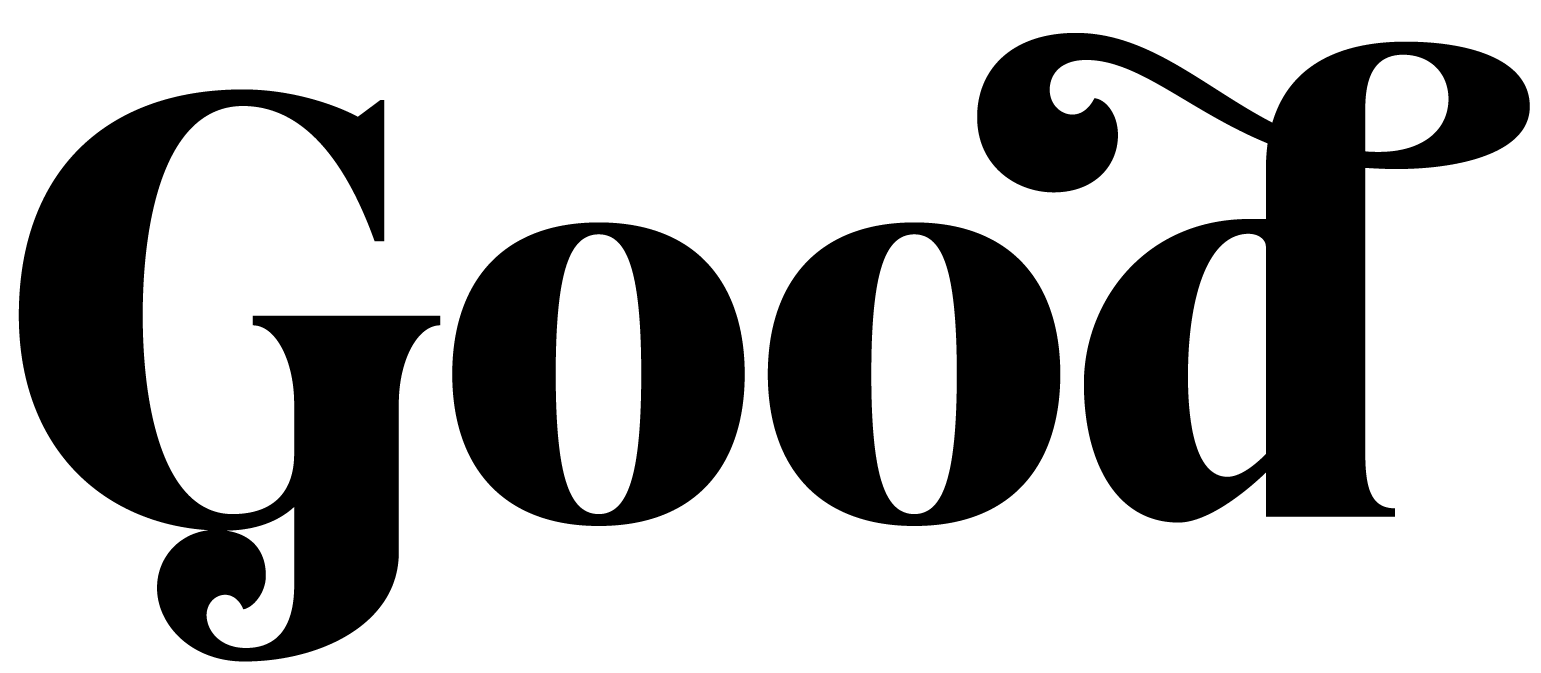Budget Basics
We’re taught so much in school, right? Like how to budget and manage personal finances? Wrong. For whatever reason, this subject is often overlooked, and yet, is one of the most important parts of being a young adult. Money affects our well-being, there’s no denying that. We’re often spending more than we’re making, unable to pay down credit card debt, or save up for the new car we’ve been wanting. And, left stressed out wondering where all our money is going!
The single most important component of living a financially fit life is creating a budget. It doesn’t have to be scary or complex. It just needs to give you a basic understanding of what you make and what you spend. This allows us to make responsible decisions about spending, saving, and aid us in reaching our financial goals.
Below are the first steps you can take to creating (and sticking to) a budget.
Choose a tool. Create an Excel spreadsheet on your computer or iPad or choose an app for your phone. Something that is simple to use and doesn’t require a Finance degree to understand. We love Mint and Good Budget for phone apps.
Know your Monthly Income. Duh, right? This is the most basic principle of managing your money. Know what you make so you don’t outspend yourself. For most people, this part is pretty easy to track. However, for freelancers, commission-based pay, or independent contractors, this can get a bit trickier. But, use a previous month’s income to guide your budget for the next month. If you often operate between a certain monthly range, budget on the lower end of the spectrum just to be safe.
Know your Obligations. These are the things you absolutely know will be coming out of your pocket every month. Things like rent, minimum debt payments, insurance premiums, car payment, cell phone, etc. Once you subtract this number from your total in #2, you’re left with the amount to make your budget with!
Budget for your Goals. This is the fun part! Once you have the leftover amount, think about what you want to work towards. Write these down! You can decide to save for a trip to Europe ($50/month), make a bigger payment on your student loans ($250/month), or contribute something to your Roth IRA ($100/month). Subtract this amount so that you now have what’s called a discretionary spending budget.
Discretionary Spending. This is the part that can get out of control really easily. Write down all of the items that you buy or pay for like groceries, gas, entertainment, clothing, gym membership, etc. What you spend here has to be below the number from #4 or else we’re over-budget. This is the best place to look if you need to cut down on spending and the first place to look if you’re consistently going over budget!
Review your Budget. Go back and add everything up. Does it equal your monthly income? Exceed it? Leave you with extra? This process is necessary on a regular basis to ensure you’re staying on track and working toward your goals. Review the previous month and adjust as needed!
Commit to using your budgeting tool for at least 3 months. This will help you notice trends in your spending, make budgeting part of your habits, and allow time to see the difference it can make. The hope is that by following these steps and committing to tracking your finances, you’re are liberated from the burden of financial stress and able to live your happiest, healthiest, and most fun life.
“Libby Landry is the founder of Simple Wellness Co., a corporate wellness consulting firm dedicated to making the workplace a healthier and happier place. Libby is passionate about all things health and wellness and believes that it’s the little changes we make that have the most impact. Simple Wellness Co. is based in San Diego, but we never say no to bringing wellness outside of our backyard!”
IG: @simplewellnessco
FB: Simple Wellness Co.
Email: libby@simplewellnessco.com
Website: https://www.simplewellnessco.com
